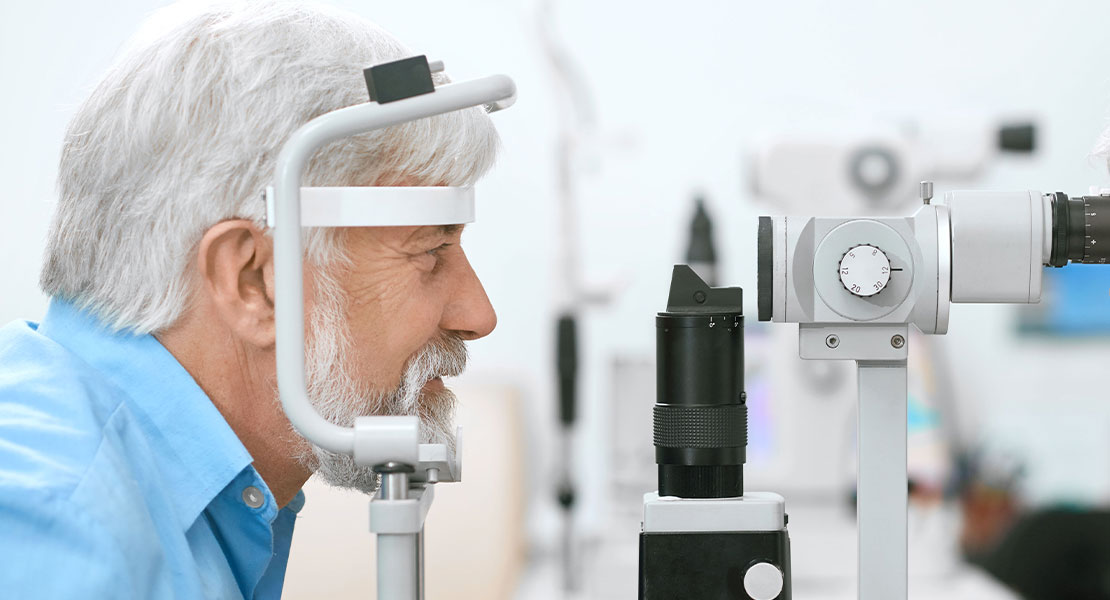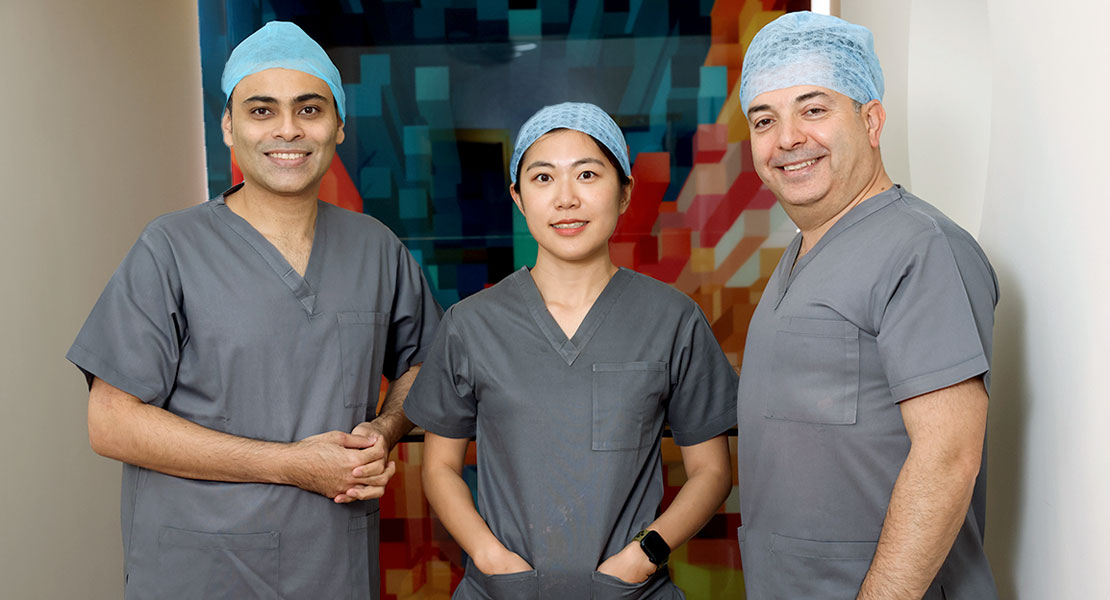
Cataracts are a common age-related condition that leads to clouding of the eye’s natural lens, affecting vision quality and clarity. Cataract surgery involves replacing the cloudy lens with an artificial intraocular lens (IOL) to restore clear vision. However, choosing the right type of IOL is crucial to achieving the best visual outcome. There are several types of lenses available, including Monofocal, Multifocal, Toric, and Extended Depth-of-Focus (EDOF) lenses, each designed to cater to specific visual needs. This article explores the key differences between these lenses to help patients make an informed choice.
Overview:
Monofocal lenses are the most commonly used intraocular lenses for cataract surgery. They are designed to provide clear vision at a single fixed distance – either near, intermediate, or far.
Advantages:
Disdvantages:
Best for:
Overview:
Multifocal lenses are designed to provide multiple focal points, allowing for clear vision at various distances (near, intermediate, and far). These lenses work by dividing incoming light into different focal zones, enabling the brain to adjust focus accordingly.
Advantages:
Disdvantages:
Best for:
Overview:
Toric lenses are specifically designed for patients with astigmatism, a condition where the cornea is irregularly shaped, causing blurred or distorted vision. Unlike standard IOLs, toric lenses have different powers in different meridians to correct astigmatism effectively.
Advantages:
Disdvantages:
Best for:

Overview:
Extended Depth-of-Focus (EDOF) lenses are a newer type of IOL that create a continuous range of vision by extending the focus rather than dividing it into distinct zones. This technology reduces visual disturbances while maintaining good clarity at multiple distances.
Advantages:
Disdvantages:
Best for:
Selecting the right IOL depends on multiple factors, including lifestyle, visual priorities, and budget. Here’s a quick comparison to help guide the decision-making process:
| Lens Type | Key Benefit | Ideal For | Main Limitation |
|---|---|---|---|
| Monofocal | Clear vision at one fixed distance | Cost-conscious individuals who don’t mind glasses | Requires glasses for other distances |
| Multifocal | Vision at multiple distances | Those wanting freedom from glasses | Increased glare and halos |
| Toric | Corrects astigmatism effectively | Patients with significant astigmatism | Requires precise positioning |
| EDOF | Extended range of clear vision | People seeking a smooth transition between distances | Some near vision limitations |
In the UK, cataract surgery is available through both the NHS and private providers. While the NHS offers high-quality treatment, there are key differences in the types of intraocular lenses (IOLs) available depending on the route chosen.
NHS Cataract Treatment:
The NHS provides cataract surgery free at the point of use, but lens options are generally limited. Patients typically receive monofocal lenses, which correct vision at a single fixed distance—usually for distance vision. This means that most patients will still require reading glasses for near tasks post-surgery.
Private Cataract Treatment
Private cataract treatment offers a broader range of lens options and often shorter waiting times. Patients can choose from premium IOLs, allowing for better visual outcomes and greater independence from glasses.
However, private cataract treatment comes at a cost, with prices varying depending on the clinic and lens type chosen. The cost of private cataract surgery in the UK typically ranges from £2,500 upwards per eye, depending on the lens and provider.
Key Considerations – Private Verus NHS
Patients should weigh the benefits of private treatment—such as lens choice, reduced reliance on glasses, and quicker surgery—against the cost. The NHS remains a reliable option for those who do not mind wearing glasses for near vision and are comfortable with potential waiting times.

At the London Cataract Centre, we understand that each patient's vision needs are unique. That’s why we offer a comprehensive selection of intraocular lenses (IOLs), including monofocal, multifocal, toric, and extended depth-of-focus (EDOF) lenses. This extensive range ensures that you can choose the lens option that best aligns with your lifestyle and visual requirements.
We pride ourselves on providing immediate cataract treatment with no waiting times, allowing you to receive prompt care when you need it most. Our dedicated team of experienced surgeons and support staff is committed to delivering personalised care throughout your treatment journey. From your initial consultation to comprehensive aftercare, we ensure a seamless and supportive experience, prioritising your vision and overall well-being.
Choosing the right lens is a crucial decision, and our specialists are here to guide you through the options, helping you make an informed choice that suits your individual needs. With our state-of-the-art facilities and patient-centred approach, the London Cataract Centre is dedicated to restoring your vision with the highest standard of care.
At London Cataract Centre, our team of highly skilled ophthalmic surgeons is dedicated to delivering exceptional cataract treatment using the latest surgical techniques and premium intraocular lenses. With extensive experience in performing thousands of successful procedures, our specialists provide personalised care to ensure the best possible visual outcomes for every patient.
Mr Tariq Ayoub
Mr Tariq Ayoub is a distinguished consultant ophthalmic surgeon renowned for his expertise in cataract and refractive surgery. With a vast number of successful procedures to his name, he is highly regarded for his meticulous surgical skills and commitment to patient care. His approach is centred on utilising the latest advancements in ophthalmic surgery to deliver outstanding visual results tailored to each individual’s needs.
Mr Samer Hamada
Mr Samer Hamada is a highly experienced consultant ophthalmic surgeon with a special focus on cataract and anterior segment surgery. He is particularly adept at managing complex cataract cases and has extensive proficiency in both conventional and laser-assisted surgical techniques. With a deep understanding of advanced intraocular lens technology, he ensures that his patients receive the most effective treatment for optimal visual clarity.
Cataract surgery is a life-changing procedure, and selecting the right IOL can significantly impact the quality of vision post-surgery. While monofocal lenses remain a reliable and cost-effective choice, multifocal lenses offer greater independence from glasses. Toric lenses are essential for astigmatism correction, while EDOF lenses provide a balanced visual experience with fewer disturbances. Consulting with an ophthalmologist is crucial to determine which option best aligns with your specific visual needs and lifestyle.